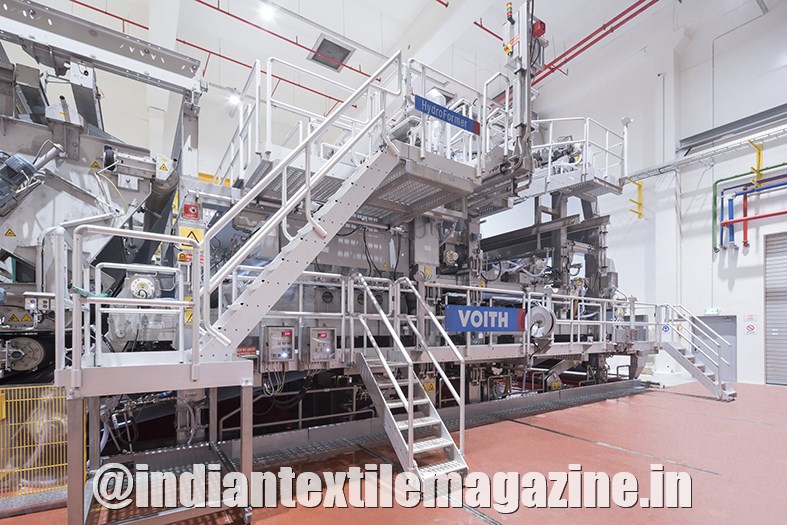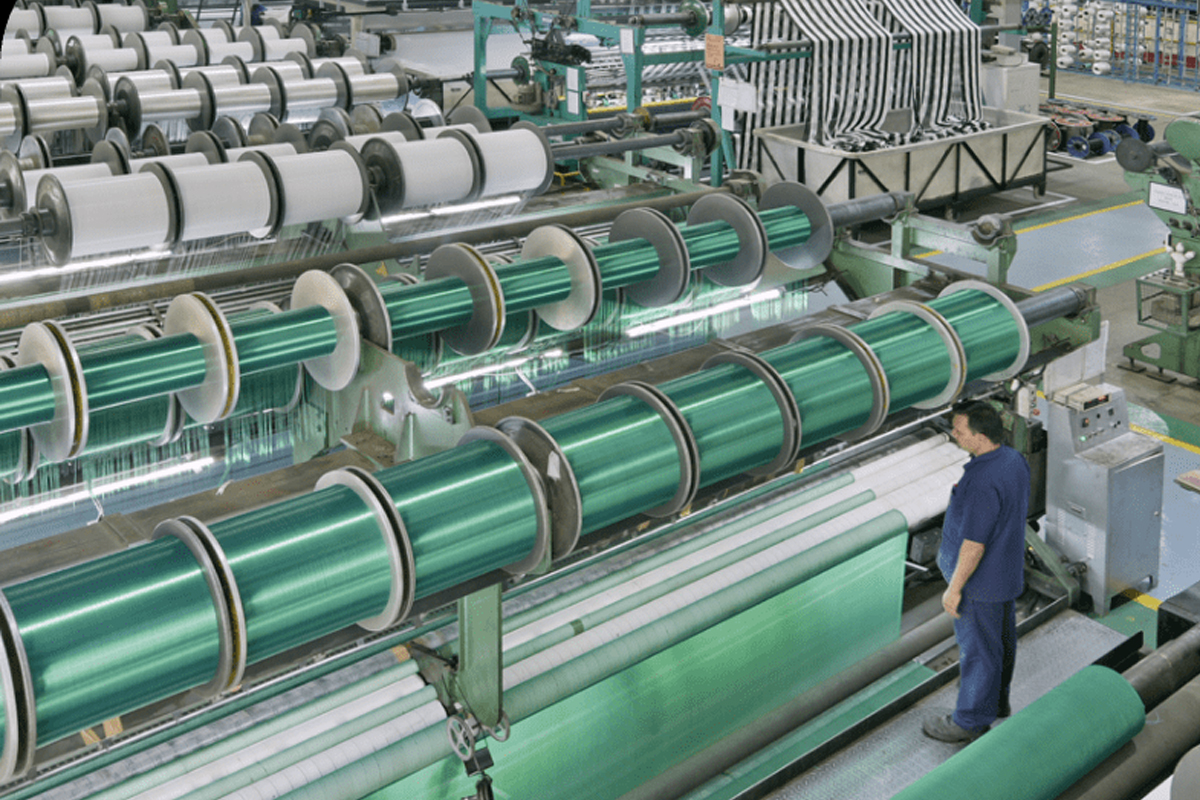The ubiquitous wipes! Most commonly used, these wipes today have become one of the most essential items – from the health and hygiene perspective. In COVID times, they are more so.

Whether dry or wet wipes, they are usually made from nonwovens and their disposal has always posed a serious challenge. Sewage systems get clogged as they do not disintegrate in water. Ending up in landfills too is not a sustainable option.
Bringing to the masses a solution as simple as a wipe that disintegrates in water is a surefire winner.
A collaboration between Voith Group and Truetzschler Nonwovens aims to develop just that – manufacture flushable wipes which can break into individual fibres when they come in contact with agitated water.
Wet-laying Technology
The wet-laid process for nonwovens, similar to paper making process, involves suspension of fibres and water to form a slurry allowing for the single fibres to get evenly distributed in the water. The slurry when passed over a wire belt allows for the slurry to form and with water getting absorbed, a homogeneous fibre mat results. The spunlacing process by the AquaJet system on this fibre mat further produces nonwovens that feel like textiles.
Unlike the carding process where longer fibres are required, wet laying can utilise fibres as short as 2 to 15 mm to form the web. In principle, every fibre that is dispersed in water can be wet-laid, which includes fibres of low-cost sources such as wood pulp besides cellulose, man-made and mineral fibres. The WLS (wet-laying/spunlacing) process does not require any binders as hydro-entangling the single fibres gives the nonwoven adequate strength.
Wipes produced through wet-in-wet – which is defined as a combination of wet-laid and AquaJet processes – are extremely versatile.
HydroFormer Process
Most conventional dry or air-laid sheet forming processes are based on the use of long fibres. Traditionally, this discouraged the use of less expensive and more environmentally-friendly pulp fibres for nonwoven production. HydroFormer from Voith bridges the gap between paper and nonwoven production.
The process offers homogeneous sheet formation and considerable flexibility for multi-ply end products. It also enables the manufacturing of disposable cleaning wipes from 100% biodegradable materials. HydroFormer has been specifically optimized for the formation of wet-laid nonwovens.
The HydroFormer concept for wet-laid nonwovens draws on Voith’s experience from the paper and pulp industry which predominantly uses short fiber, renewable and cost-efficient cellulosic feedstock. The advantages are that it is inexpensive and biodegradable – due to high dilution in suspension, and offers considerable fibre loss due to re-use.
The process has more than 70 successful installations around the world.
AquaJet Process
Truetzschler’s AquaJet process helps bond the web that is formed in the HydroFormer. Compared with other web bonding methods, the AquaJet spunlacing process does not use chemical binding agents or bicomponent fibres but relies only on the momentum of water jets to entangle the fibres with one another. Continuous high-pressure water jets strike the loose nonwoven web which passed over on a belt underneath the water bar, while suction fans remove the water used. The bonding increases tensile strength and lends the material the soft feel of a textile. Structures and perforations can also be created, if required.
The advantages of this method are that it is eco-friendly and uses inexpensive raw material, produces soft nonwovens, offers high savings and uses integrated system for superior nonwoven quality.
Truetzschler Nonwovens has more than 100 projects running worldwide.
Harmonious Process
Compared to oil-based materials like PET/PP fibres, cellulose fibres do not burden the environment after use. Wipes produced entirely from these degradable fibres in a customised wet-laid spunlacing process can therefore be conveniently flushed down the toilet.
Both the AquaJet and the HydroFormer processes have water conservation as top priority. The water from the processes is filtered via a shared water cycle with downstream production steps, and then treated and returned to the manufacturing process. Flushable products must pass a defined test sequence developed by INDA and EDANA, the North American and European nonwovens associations.
A.T.E. represents Truetzschler Nonwovens in India.




